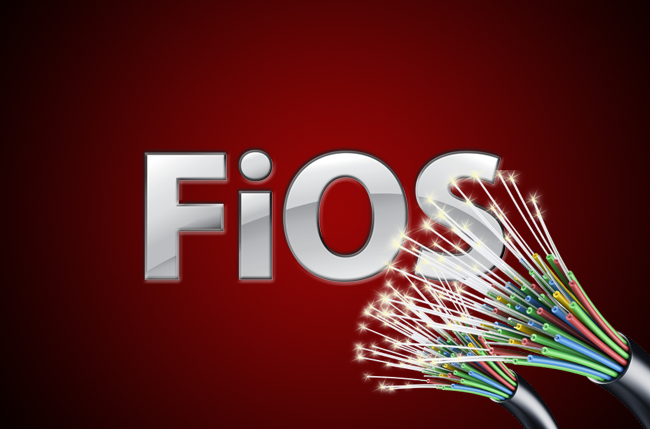
Verizon has already made some forward-thinking adjustments to its FiOS TV service, chiefly by bundling Netflix access last year, and the company is now making its programming a little more flexible. “Everybody is getting into the video space … increasingly customers are saying, ‘I want to pay for what I view,” Verizon president of national operations Tami Erwin said, speaking to Reuters.
The new “Custom TV” package works similarly to how Sling TV bundles its channels — there is a base package and customers can add other channel packs as they like. The base package costs $65 and includes broadband internet, 36 basic channels, and two channel packs, which are bundled together based on genre.
Additional channel packs are available for $10 a piece, and there are currently a total of seven different channel packs available. Sports, Pop Culture, Lifestyle, Kids, Entertainment, and News & Info are all fairly self-explanatory, while Sports Plus adds regional sports networks. Users can change or unsubscribe from channel packs as they please after 30 days.
Sling TV is much cheaper — basic service starts at $20 per month and channel packs are available for only $5 — but it offers fewer channels and you’ll need to provide your own Internet connection. When you consider the included Internet connection, Verizon FiOS TV starts to look like a pretty good deal. While it isn’t the a la carte TV that many customers have been asking for, this could certainly stop some from cutting the cord.
Customers can sign up for the new “Custom TV” packages this Sunday, April 19, via Verizon’s website.
Editors' Recommendations
- Verizon now lets you mix and match on Fios
- Sony’s PlayStation Vue live TV streaming service shuts down in January





